As a couple of scuba divers traveling through Europe, Portugal was definitely on our vacation list, but my biggest reservation – would the diving be any good?
Diving in Portugal can easily fly’s under the radar, and understandably so. Next to world-class scuba countries like Egypt and South Africa, which are a short plane ride away, who would think twice about planning a dive vacation to the land of beaches, relaxation and let’s not forget… choco frito (which is definitely not chocolate. Hint: take a look at the picture below).

For land loving travelers, Portugal has got it all. The history, food, and festivals provide plenty of entertainment and leisure for locals as well as tourists throughout the year.
But being a country where land mingles with the beautiful blue sea, most people travel to Portugal first and foremost for their watersports.
Diving on mainland Portugal is often forgotten by scuba fanatics, after the eloquent beauty of the Azores and Madeira archipelagos. Quite frankly I can’t say I blame them. The beauty and awe that I have witnesses underwater on São Miguel Island have indeed left me speechless. But even though the diving can hardly be compared, there is still lots to be seen and a different kind of beauty that awaits discovery off mainland Portugal.
When you casually start looking for dive sites on mainland Portugal, the areas that are quickly brought to your attention are Sesimbra and Peniche. As we quickly found out both Sesimbra and Peniche are excellent choices for diving, and in spite of being only two hours distance from each other, the marine life and landscape are worlds apart.
But for now, let’s talk about diving in Sesimbra.
The small beach town of Sesimbra is found only 40 kilometers away from Portugal’s capital city, Lisbon. If you were to look at the country as a whole, Sesimbra is on the west coast, pretty much in the central region of the nation.
Sesimbra is a first-rate resort town resting in the foothills of the Serra da Arrabida mountain range. The stunning landscape is composed of rich green mountains and sublime beaches, making it a very sought out retreat for both travelers and locals. The location prides itself on tourism but retains much of its small-town fishing village atmosphere.

When you pinpoint Sesimbra on a map, anyone will quickly see that this town is on a southern facing bay just across from the Tróia peninsula. Here, the diving and beaches are pretty sheltered from the northern blows of the open ocean making it an ideal spot for all-year-round diving.
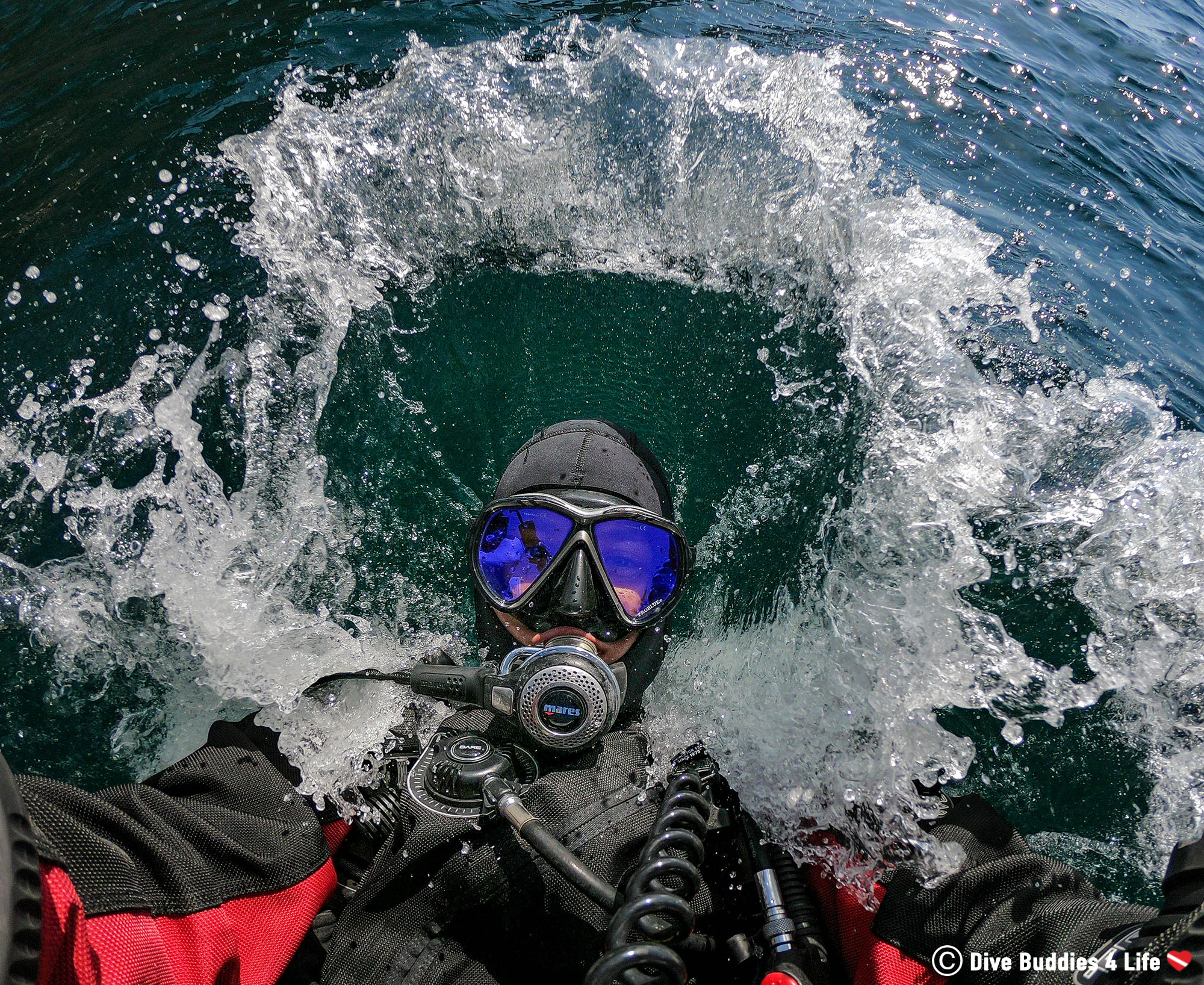
The River Gurara is the go-to shipwreck for diving in this region of Portugal, and it is recommended for advanced divers only. The wreck is a notable one for the country’s history as some consider it as “the largest accident which occurred in Portuguese waters in recent years.” The wreck is rumored to have been a drug ship thanks to the suspicious circumstances surrounding the sinking and the ship captain’s refusal to follow the coast guard’s orders.
Apart from shipwreck diving, there is also a range of shallower sites either to the west towards Cabo Espichel or the east around Cabo de Ares. Some of the most notable ones include: Jardim das Gorgónias, Baia da Armação, Ponta da Passagem, Pedra do Meio and Pedra do Leão.
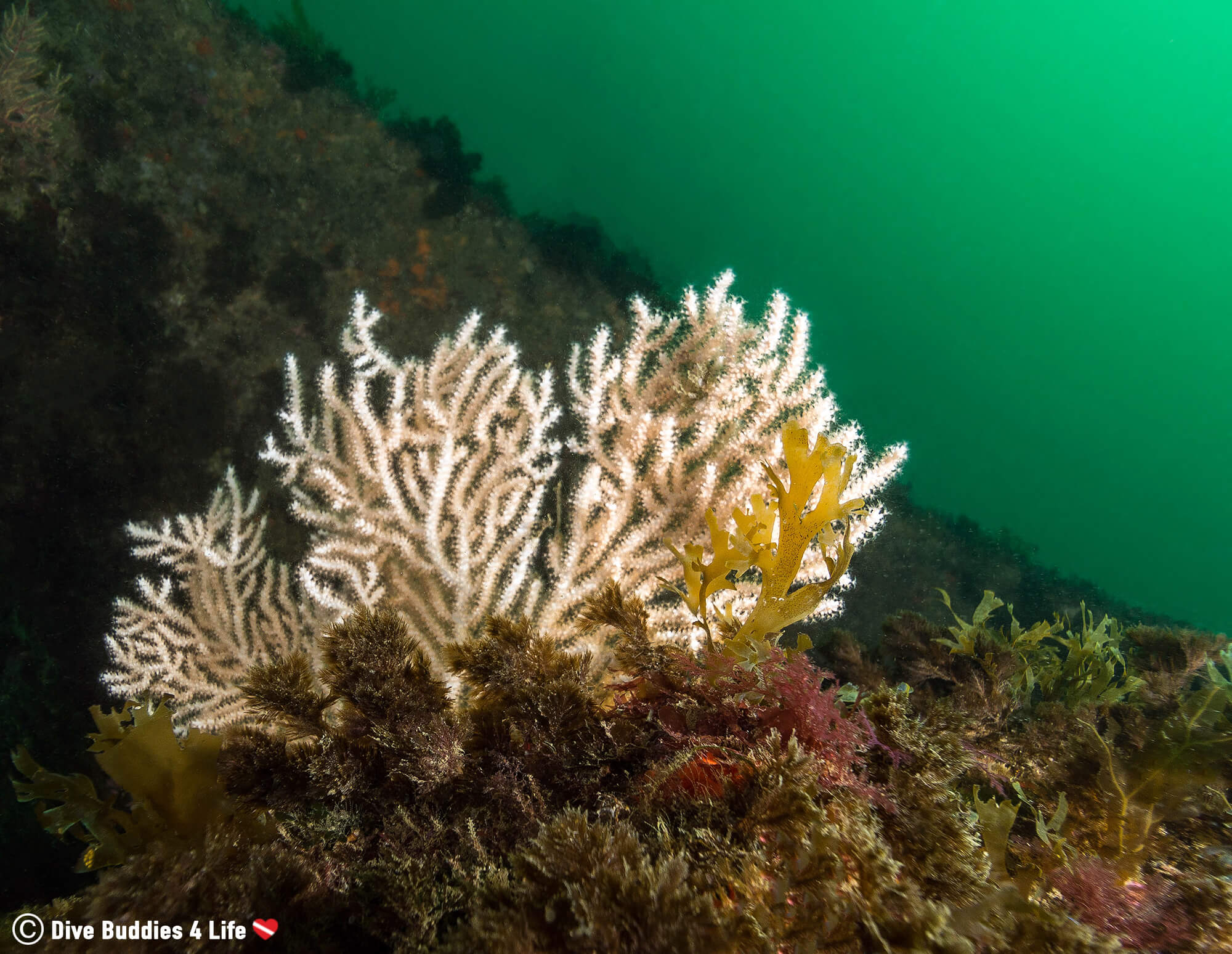
To explore the waters off the coast of Sesimbra, Haliotis Diving Center was our go-to dive shop.
From our arrival at 8 AM sharp, we were greeted by the staff and made to feel right at home. Contrary to some of the tiny and cramped shops we have used before, the Haliotis center was spacious and very smartly put together – making it ideal for divers. With exterior doors giving access to the changing rooms, filling stations and equipment all the divers getting ready for the morning dive could comfortably go about their business without worrying about getting in each other’s way.
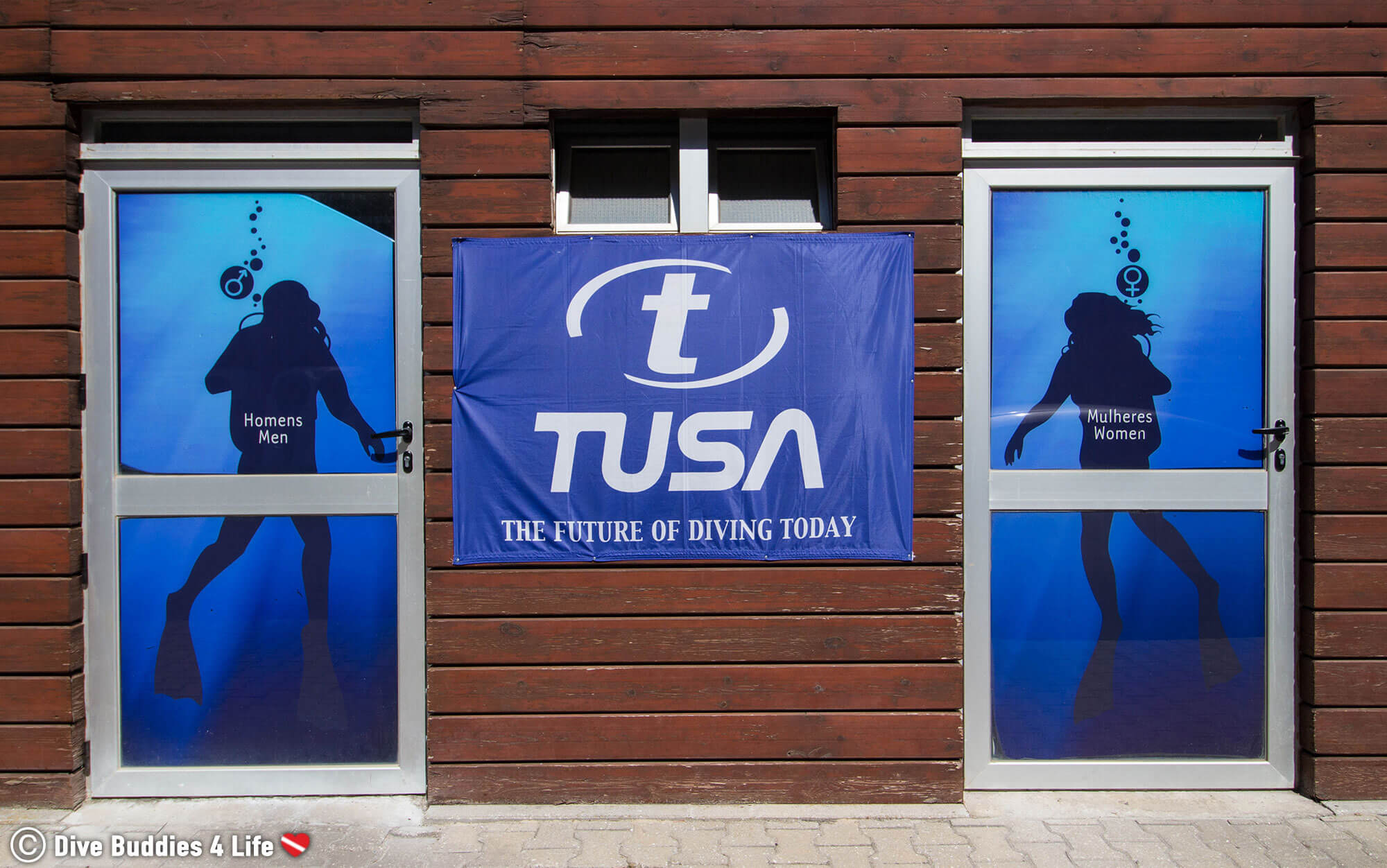
Because the shop was not right beside the docking area – a minor inconvenience – we prepped our gear and loaded it onto a truck to be shuttled to the boat.

It took us about 20-30 minutes by zodiac to get to the first and furthest dive site of the area. The River Gurara was a 175-meter (574 foot) long Nigerian freighter that went down on February 26, 1989.
The boat is currently split in two and now an artificial reef located inside Luiz Saldanha Marine Park. Because of the distance between the two parts of the shipwreck, River Gurara is typically dived as two separate dive sites: the stern being down to a depth of 20 meters (66 feet) and the bow at 30 meters (99 feet).
In spite of winds and currents, sending our hopes for decent visibility straight down the toilet, our dive plan was to visit the stern of the ship. This would allow us to check out engine parts and the magnificent ship propeller, which conveniently happens to be sitting upright on the bottom of the ocean consumed by marine life.
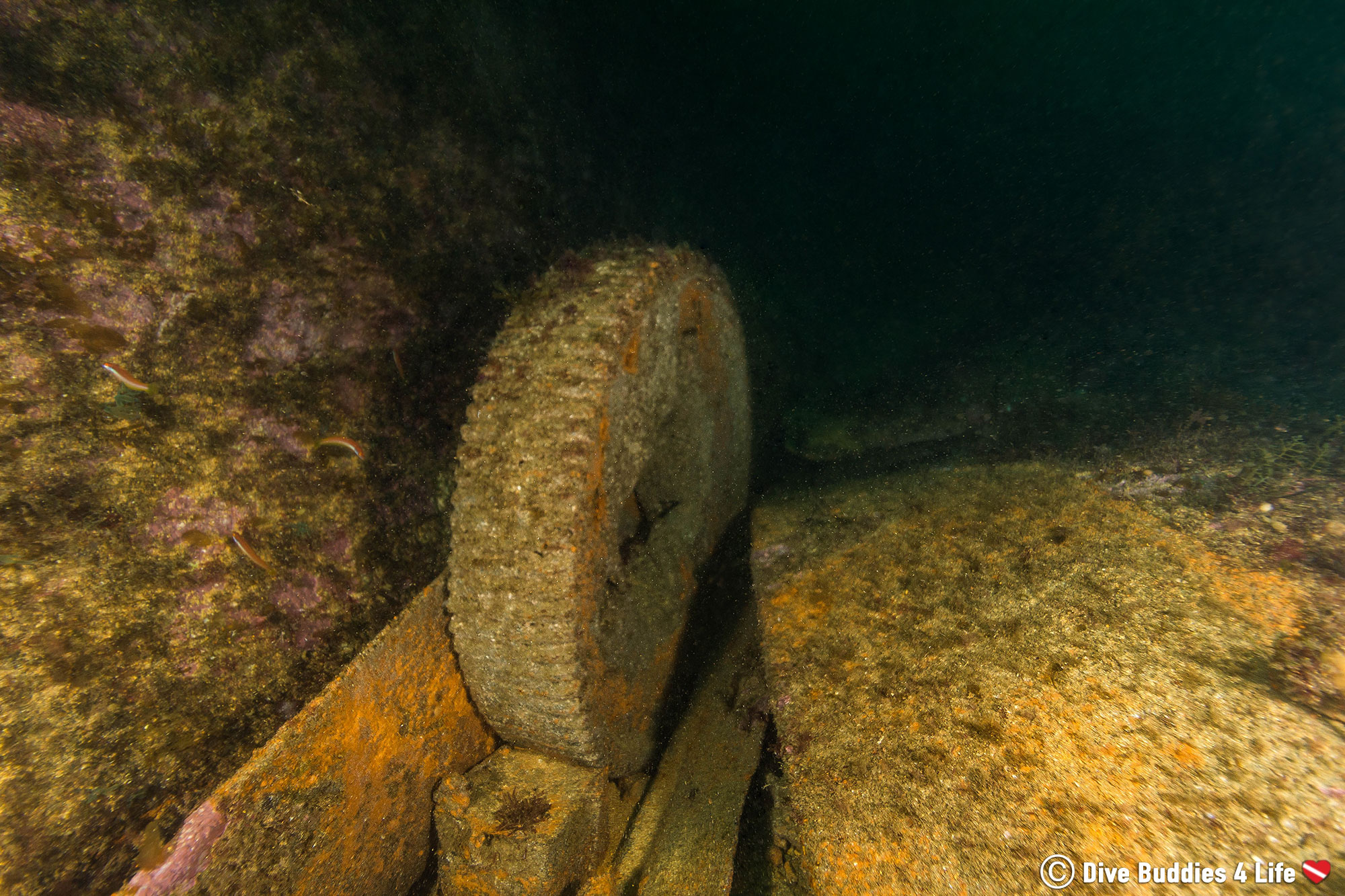
As best as I could, I tried to snap a picture here and a picture there of the wreck dive, but today was by no means a wide angle day.
Some of the best visibility came when we did a small swim-through penetration into the chasm of the ship. As soon as we entered the shelter of the Rivera Gurara, the difference in water conditions was like night and day. The water was deathly still, inky black and Joey’s dive lights lite up the ship’s chamber in its entirety.
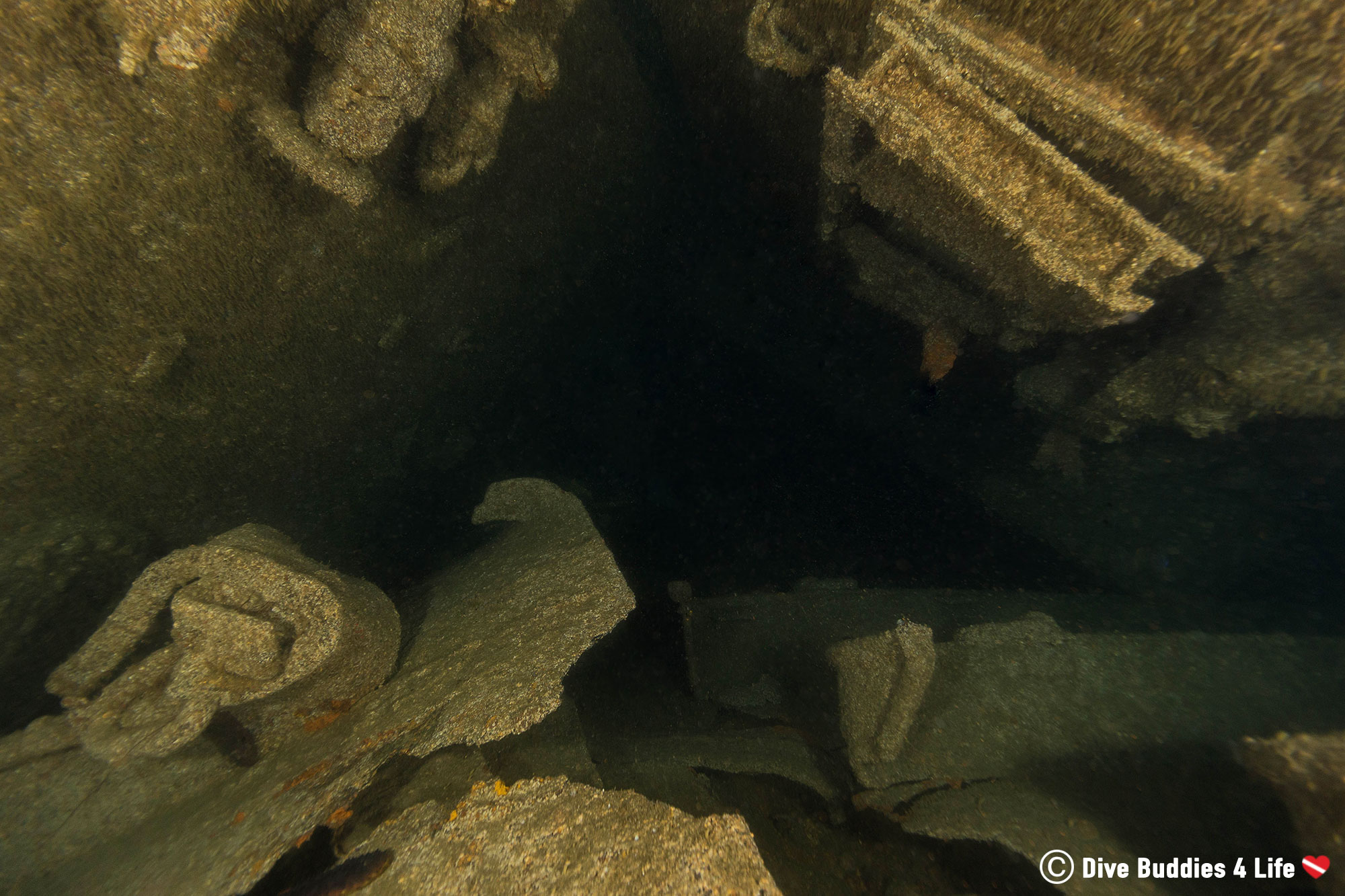
We ended the dive with a giant grouper sighting amid the boat rubble, but unfortunately, he was hidden too well for a good picture.
After a tank swap, lunch break, and lens change, because the day was just not conducive to wide-angle photography, we headed back out on the water for a second dive. This dive was much closer to the harbour and much shallower than the last, giving us time to take it slow and focus on capturing so good macro shots.
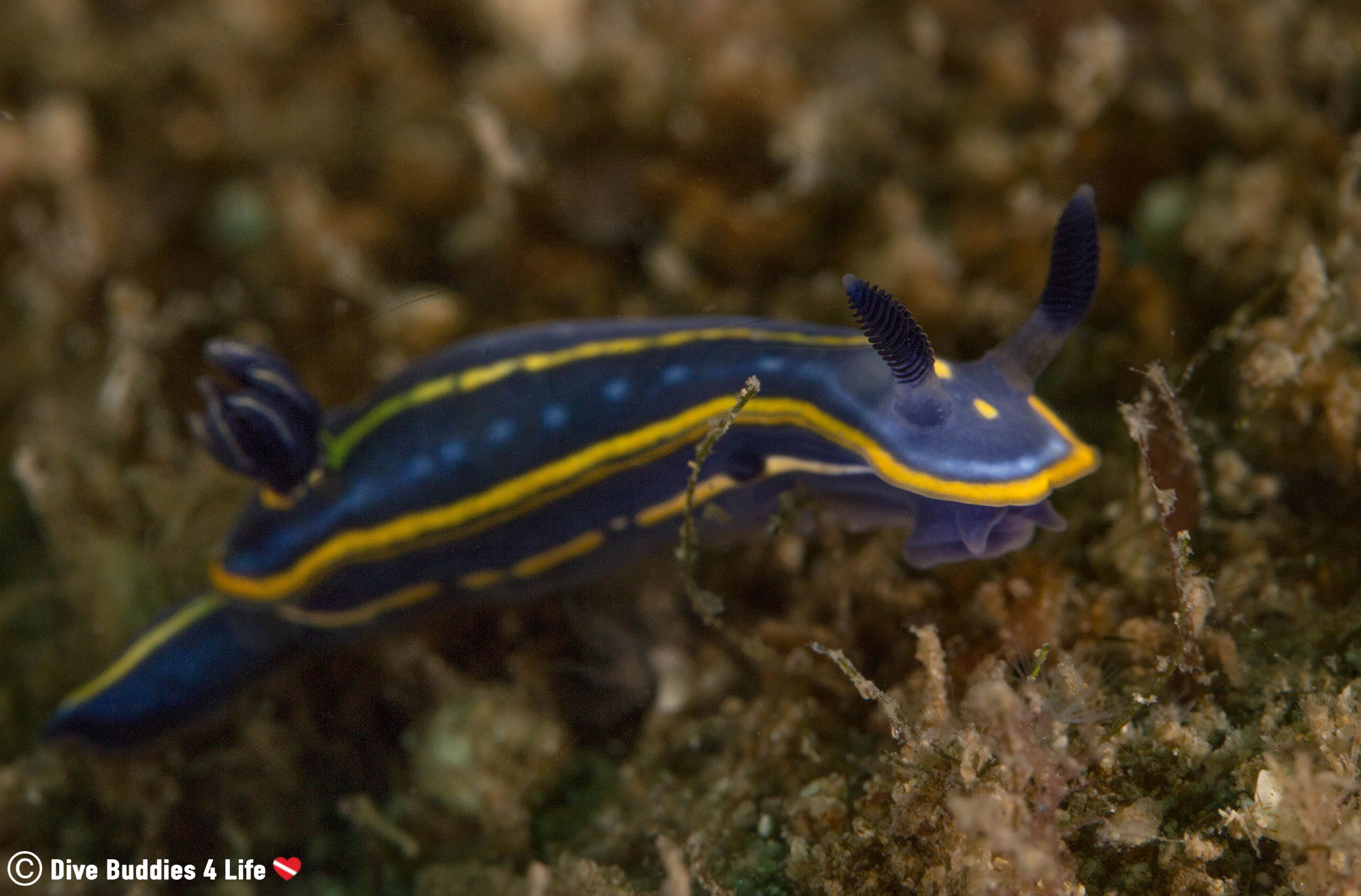
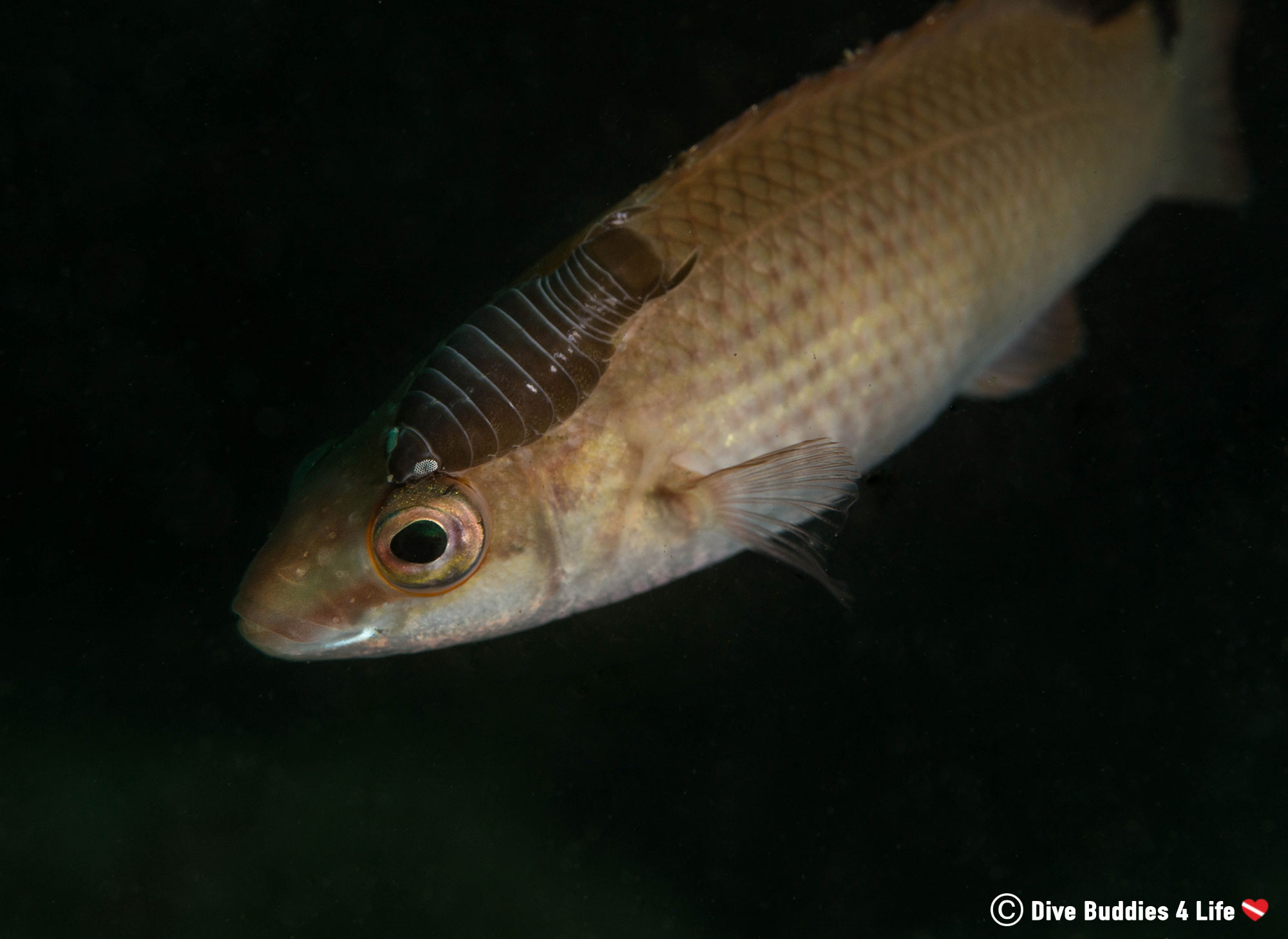
Interesting Fact: If you have a green thumb, the Sesimbra/ Arrábida Region is an area rich in plant life. In fact, the surrounding bodies of water are recorded to have around 70 types of seaweed.
Sure most of the sea life in Sesimbra may not be as vivid as your typical tropical species, but they can still pack quite the WOW factor. Just take a look at this Tompot blenny (Parablennius gattorugine).

We could have explored the Middle Rock dive site pretty thoroughly, but when our dive guide/seahorse whisperer found me a pregnant male seahorse with a bulging belly, I could hardly tear myself away. It goes without saying that, we spend a good chunk of our time watching this five-inch creature gently swaying and sleeping in the tide.
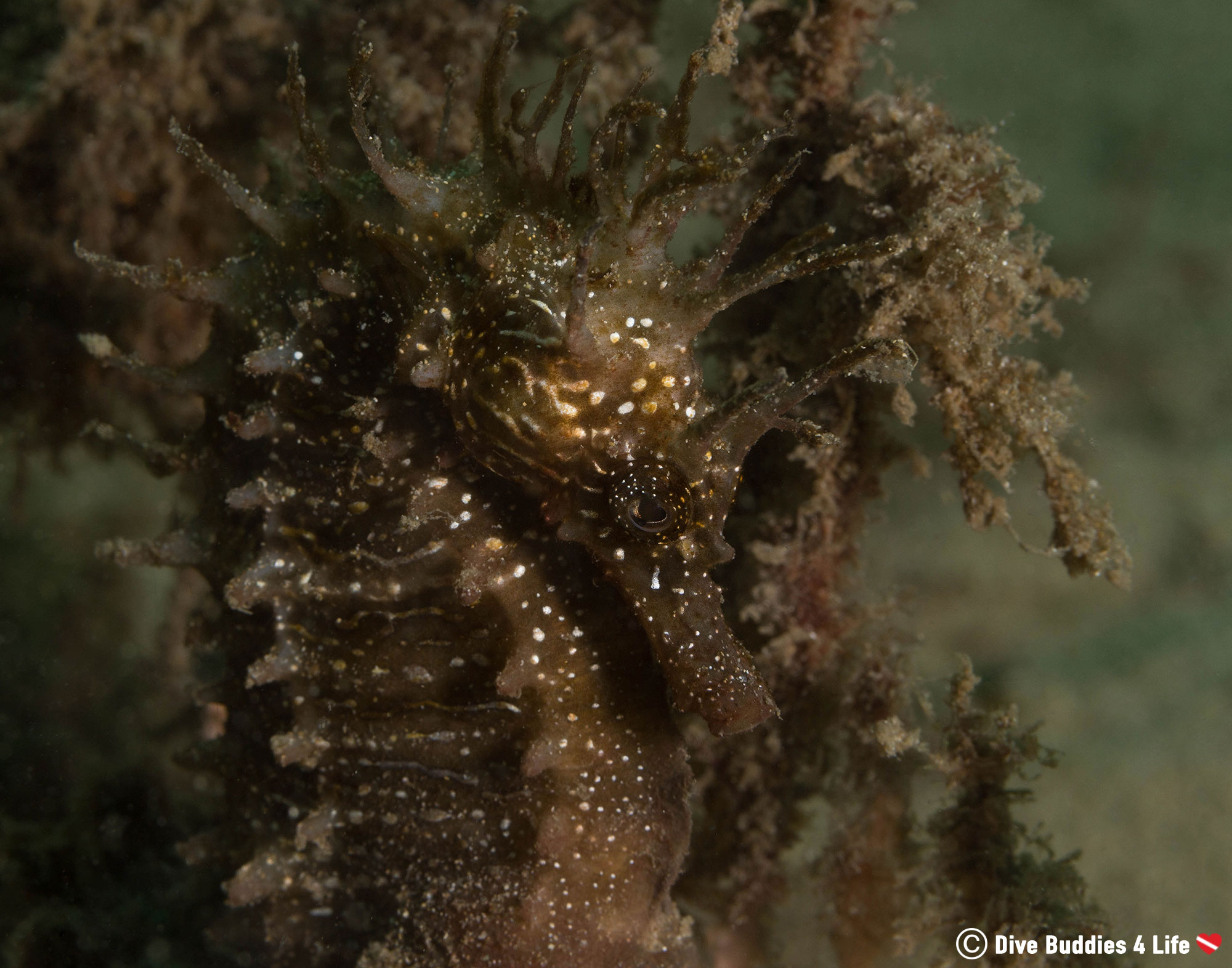
I didn’t really have any expectations for diving in Sesimbra apart from just being happy with a camera in hand, and I had a great experience.
The visibility may not have been the greatest due to recent high winds of the coast, but what Sesimbra lacks in color and water clarity, it more than made up for with astounding macro life.
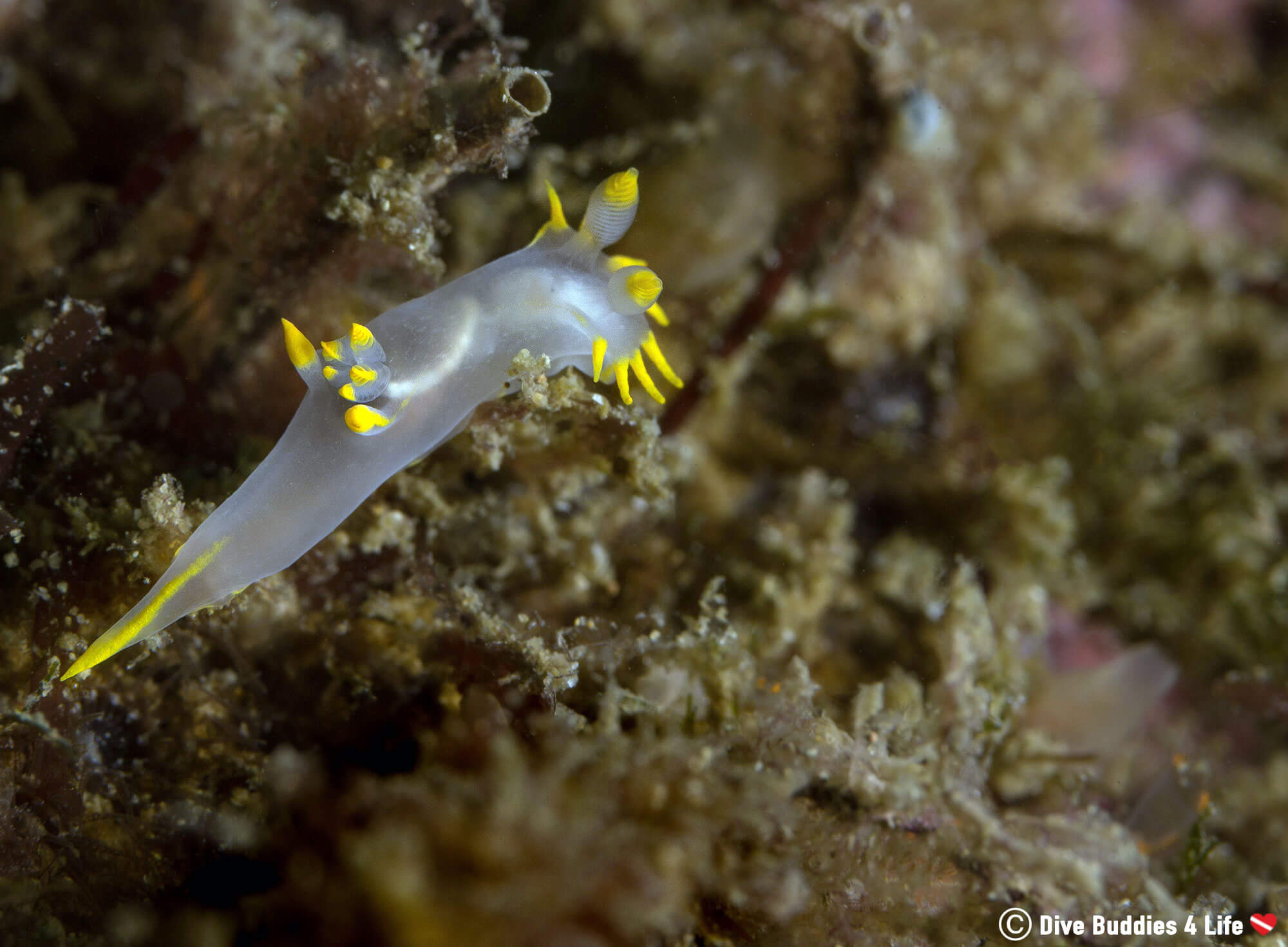
Of all the things that could have shocked me about diving in Sesimbra, the biggest thing was the water temperature.
For some reason, I was always under the impression that Portugal in its entirety was a warm water diving spot. I think this preconceived notion came from the beachy keen pictures and its relative southern latitude.
You can imagine my surprise when I learned that even though above water it was scorching and sweaty temperatures, it was highly recommended that we bust out our drysuits to stay warm in the chilly productive water of the Portuguese Atlantic ocean.
So back to my initial reservation about Sesimbra, Portugal – would the scuba diving be any good?
The answer in short – if you’re looking for good diving you will certainly find that on mainland Portugal, pending the cooperation of the tides, wind, and weather. There are neat things to see and plenty of good macro life to occupy any underwater photography. Joey and I loved our dives in Sesimbra.
But if you are looking for world-class diving – go to the Azores Islands. You really can’t beat the top-notch visibility and animal-filled diving there!

Is Portugal on your travel list? Would you ever brave the cold in an attempt to dive on the mainland of this country?
Writers Note: This scuba diving post was sponsored by Haliotis Dive Center. Additionally, this post may contain affiliate links. We will make a small commission if you make a purchase through one of these links, at no extra cost to you. See full disclosure and disclaimer policy here.
Want to explore more diving in Europe? Take a look at our scuba destination page and navigate to your area of interest to discover more dive adventures.

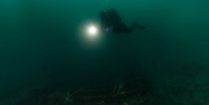
Backroll into to the cold water world of Portugal's Berlengas Island Natural Reserve. Located off the coast of Peniche, this underwater paradise will have you have you gurgling with excitement into your regulator.
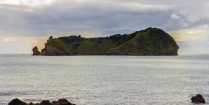
Who would have thought that resting in the middle of the Atlantic ocean, the Azores would be a top Portuguese diving site? With nine volcanic islands to choose from and a plethora of local and offshore diving, this up and coming hotspot is just waiting to be discovered.
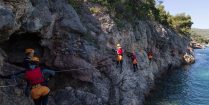
If you are an adrenaline junkie, who wants to avoid the crowds while traveling in Portugal, head to the Arrábida region of this country and try coasteering, an extreme sport that combines swimming, climbing, and cliff jumping.
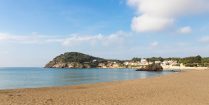
The Mediterranean oasis of Spain's Costa Brava is a delight for divers. With wreck dives, shore dives and wall dives just off the coast, to truly explore this destination you must take to the sea.
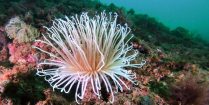
With thrilling shore dives, an amazingly sunny climate and marine animals coming from the Atlantic Ocean and Mediterranean sea, it's no wonder scuba divers are seduced by the underwater world of Costa del Sol.

For fresh bubbles, magnificent viz and spectacular wildlife encounters, now is the perfect time to explore the volcanic island of Lanzarote.

Trying to windsurf for the first time is no easy feat but a good place to start is on Spain's Mar Menor a sheltered lagoon well-known for watersports.

Beneath the waters of the Gulf of Naples are the remains of an ancient Roman civilization lost to the seas of time and guess what? You can dive into it!
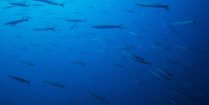
Italy is a cultural hub for art, history, dining and scuba diving. Dive the Amalfi coast and see some of the best-kept secrets of the Tyrrhenian Sea.
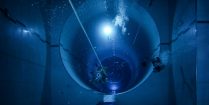
When in Italy make sure to stop at the world's deepest pool, Y-40 the Deep Joy and try your hand at scuba or freediving for a bucket list experience.

For land loving travelers, Portugal has got it all, but if you are a scuba diver, this beautiful European country can easily fly’s under the radar. Pending the cooperation of the tides, wind, and weather, there are neat things to see and plenty of good macro life these cold and productive waters.
